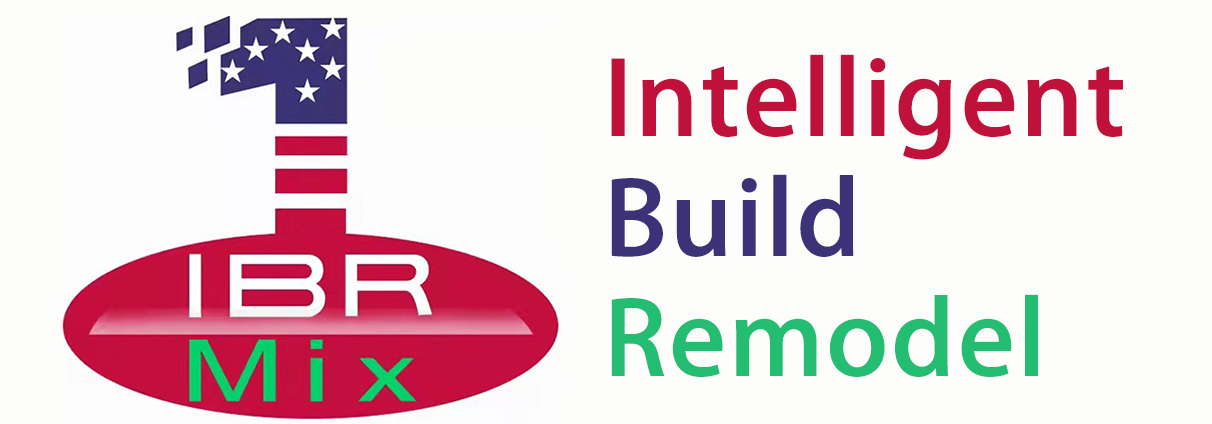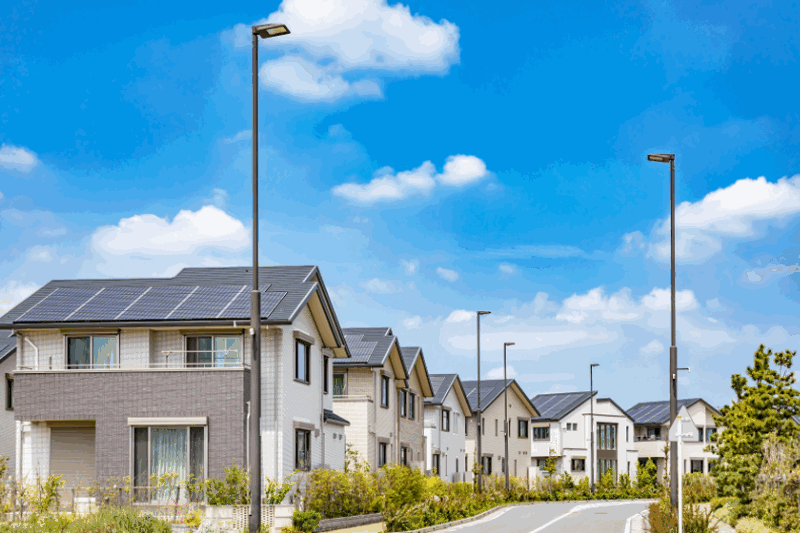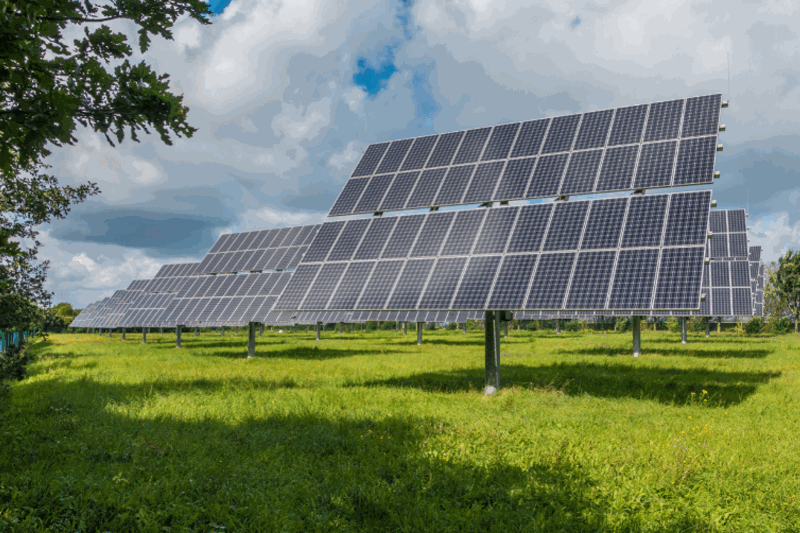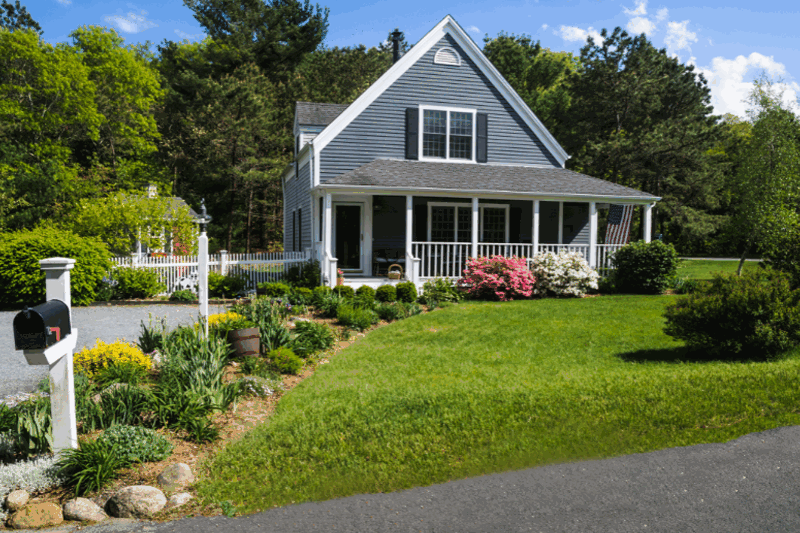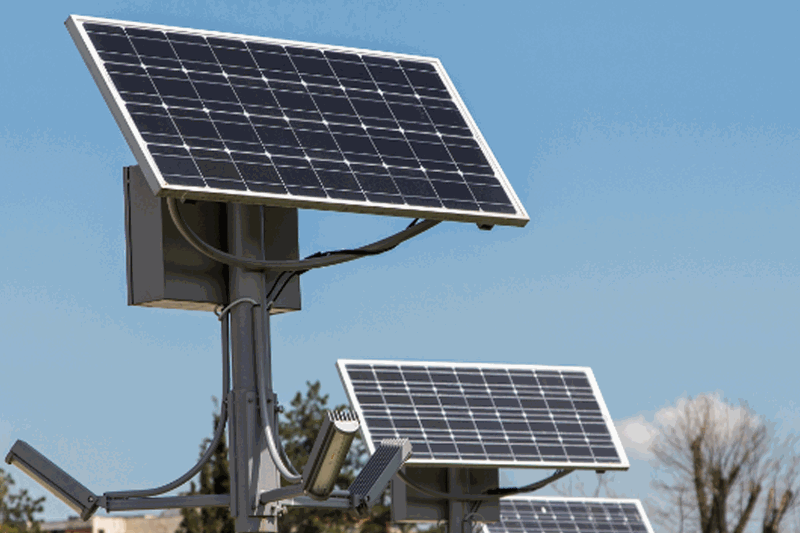Residential outdoor lighting is a billion-dollar-a-year industry in the United States. It is getting so popular, that there is now a corporation that franchises individual businesses dealing only in exterior landscape lighting design, supply, and installation! Line voltage systems used to be the only option for outdoor lighting but in recent years, low voltage lighting systems and solar-powered lights have made exterior decorative lighting available to every homeowner –not just the rich ones.
Renovation, remodeling, and home improvement are massively popular activities that only reflect the priority that consumers give to making their property as comfortable and pleasing as possible.
Gardening has always been a pastime homeowners enjoy in beautifying their property, both for themselves and to raise the “curb appeal”, but up until a decade ago, beautifying the nightscape was not a mainstream idea.
Hotels, resorts, and similar types of commercial properties have always used light to create beautiful atmospheres on their grounds, but given the cost of an outdoor lighting system, residential lighting applications were mostly limited to basic security needs. Landscapes were enjoyed during daylight hours but when the sun went down, the outdoor portion of a homeowner’s property was not used.
Hotels, resorts, and similar types of commercial properties have always used light to create beautiful atmospheres on their grounds, but given the cost of an outdoor lighting system, residential lighting applications were mostly limited to basic security needs. Landscapes were enjoyed during daylight hours but when the sun went down, the outdoor portion of a homeowner’s property was not used.
Low Voltage outdoor lighting systems
Low voltage lighting systems and solar-powered lights are changing this. A low voltage lighting system plugs into a transformer and takes household current down to 12 volts. This means real energy efficiency and eliminates the building code requirements for burying cables 18 inches for line voltage systems. The lights can be used for any outdoor lighting application, although they still need to be wired together. Trenching and some cable burying will also probably be required. Additionally, the capacity of the transformer must be sufficient to cover the combined power draw (watts) of every light in the system.
The Solar landscape lighting option
Solar-powered lights are not wired to anything and require no transformers. Installing them is as easy as sticking them in the ground, or mounting them wherever you need them. The drawback is that the photovoltaic charging panels (usually mounted on the top of the light fixture) that capture the sun’s energy need direct sunlight during the day to charge the batteries that provide power to illuminate the light at night. And in higher latitudes where the period of darkness is longer in the winter months, there is a good chance that the lights will not get enough sun during the day to be able to illuminate for the entire period of darkness.
Even so, solar-powered landscaping lights are becoming extremely popular although this was not always the case. Up until two or three years ago, solar lights were not as bright as many consumers wanted, didn’t illuminate for long periods, and too often, did not operate longer than a year or two before becoming defective. Today, however, solar lights are bright enough for almost any outdoor application, will illuminate for the entire night, and –provided you get quality models – will last 20 years without maintenance or defect.
These dramatic increases in solar outdoor lighting reliability are due to recent advances in two areas of technology: photovoltaic cells and the introduction of the Light Emitting Diode (LED) bulb.
The photovoltaic cell is the technology that “captures” the sun’s energy. In the 1980s, these cells could absorb only about 5% of the sunlight they were exposed to. Today this figure is moving past 15% and as further development of the compounds used in these cells continues (they are now silicon-based but other compounds are being studied) they will only get more efficient.
Perhaps even more exciting has been the introduction of the solid-state LED bulb. This technology involves manipulating electrons and moving them in a certain direction so that photons are produced. This creation of photons is visible light. Unlike the traditional incandescent bulb, there is no excited gas, no burning filament, and therefore next to no heat production. Almost all of the energy produced is used as light. The bulbs last for 10,000 hours, require no maintenance, and draw on average only three to five watts.
Today’s solar lights are excellent value
One of the biggest critiques of solar lights in the past has been the intensity of brightness they produce. This was a fair comment, but today’s solar lights are much brighter. Many mistakes the term watt as a measure of brightness, which of course, it is not.
A watt is the measurement of the power required to operate something. If talking about only one type of light bulb, then there is a relationship; a 40w incandescent bulb will not be as bright as a 60w bulb. But when dealing with different technologies, this comparison is not fair. Indeed, one LED bulb drawing between three and five watts will produce the same brightness as a 40w bulb. And many solar lights are now manufactured with multiple LEDs, therefore producing light much brighter than the glow of a traditional 40w incandescent product.
More and more consumers are realizing that outdoor accent lighting really does have an enormous effect on creating a beautiful nightscape environment. Some prefer a low voltage lighting system because they will illuminate for the entire period of darkness and are reliable and energy-efficient. Other consumers prefer the solar outdoor lighting solution because these lights are now just as reliable, are far easier to install, and can be moved around at a whim when trying different effects. There is also a satisfaction in getting free energy from the sun! But whatever the choice, there is no denying that residential outdoor lighting systems are becoming a standard feature on millions of properties.
Want to discuss more? Contact our remodeling consultant now.
